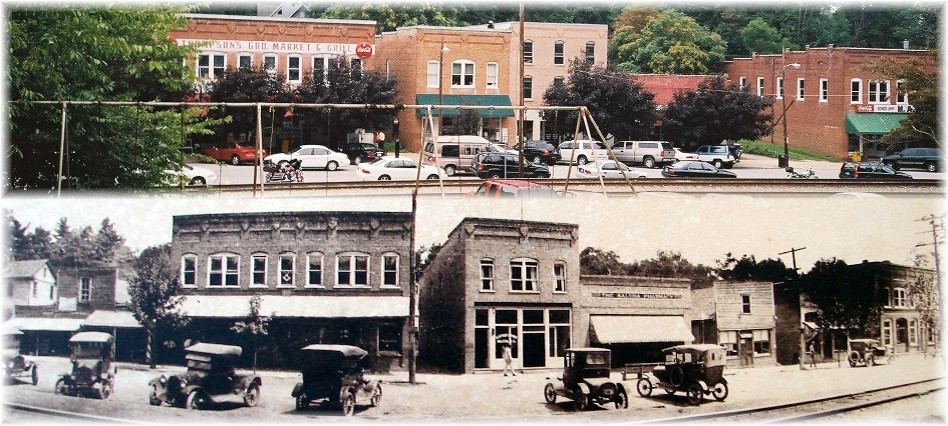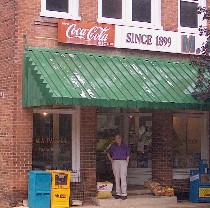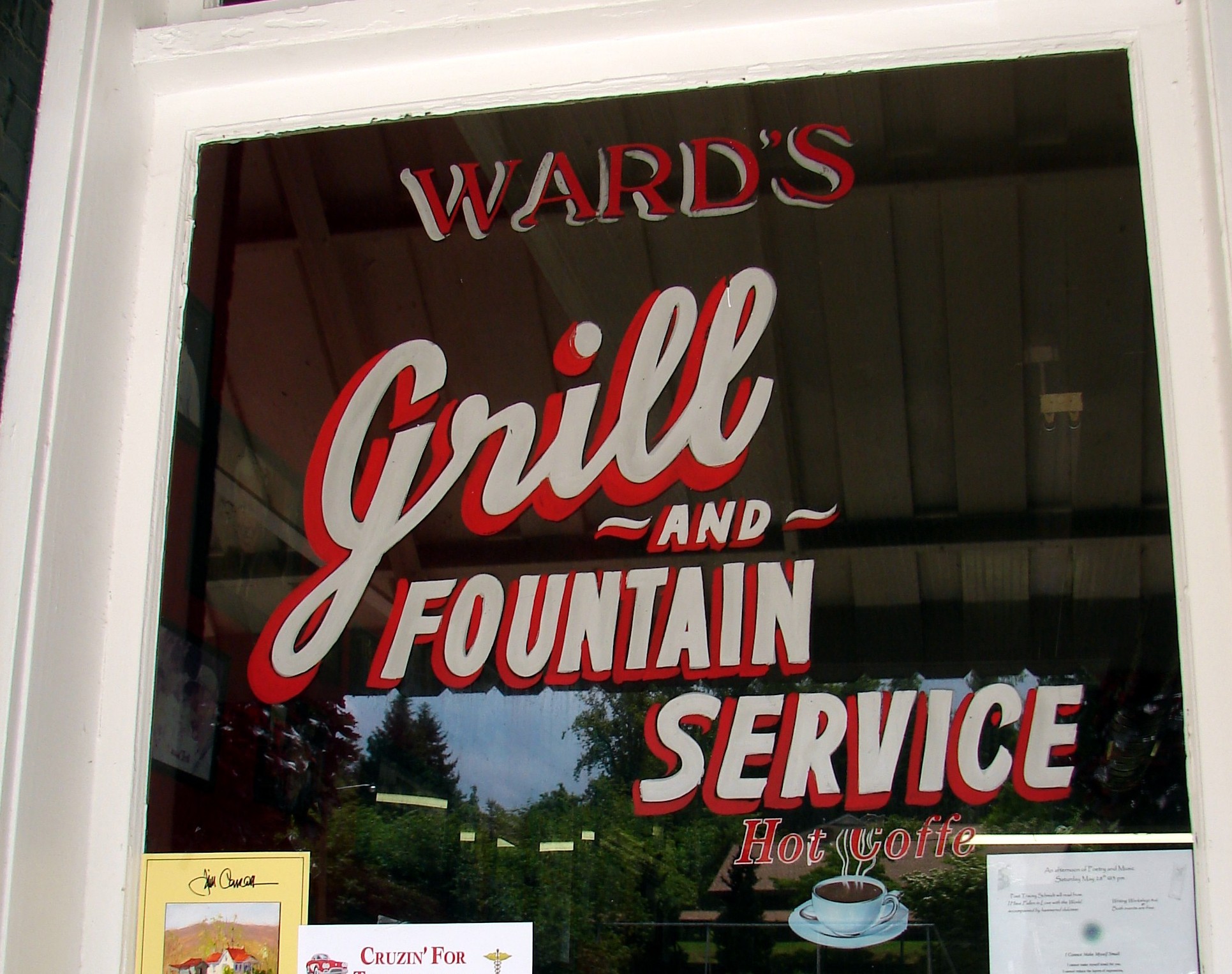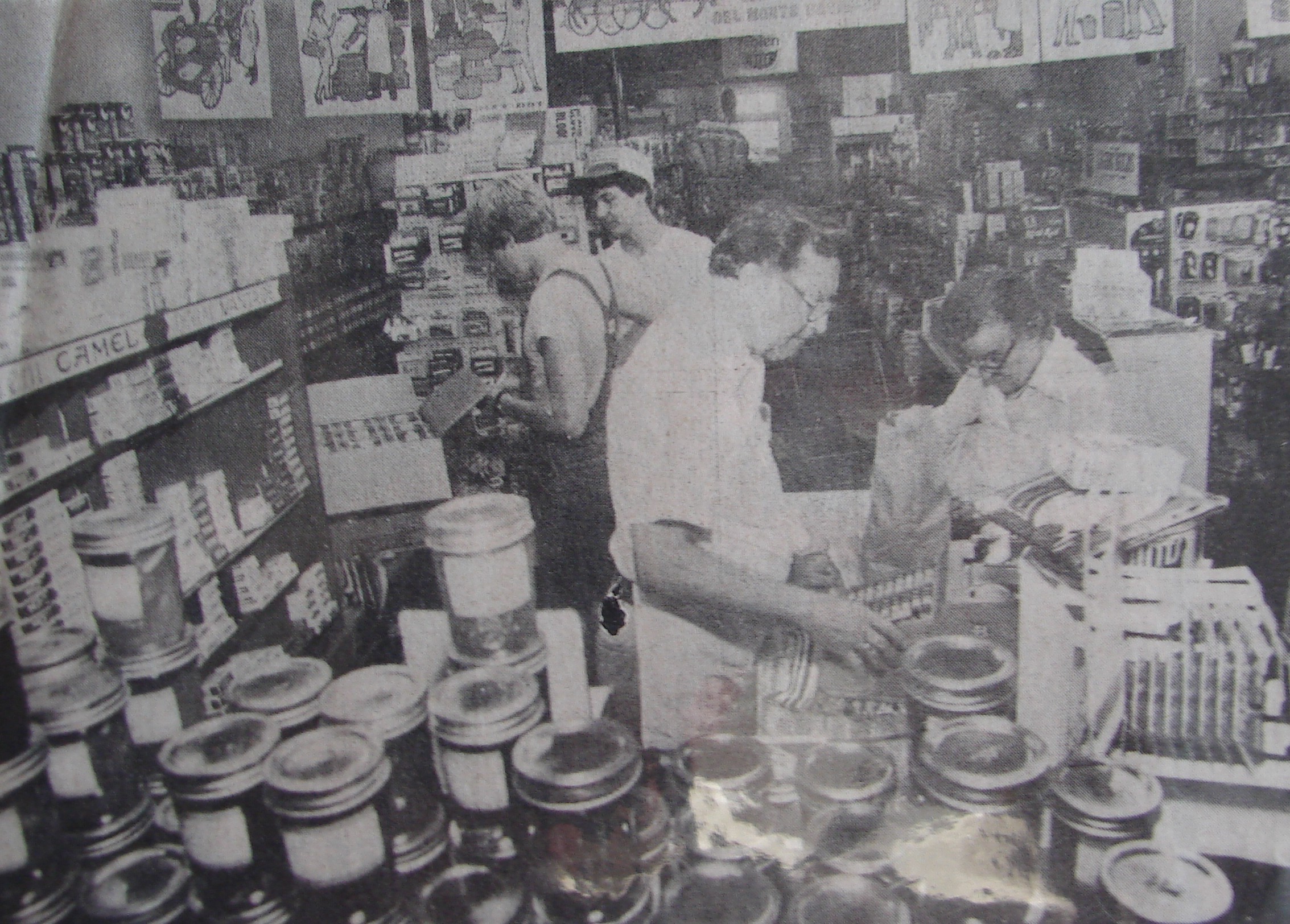- HOME
- ABOUT
- ORAL HISTORIES
- Bill Holbert
- Bill Russell
- Charlene Wooten Pace
- Charlie Fears
- Donna “Donnie” Morgan Pace
- Faye Russell Chandler
- George Jones
- Henry Twiggs
- J.D. Gilbert & Lula Staton
- John Rhodes
- Kathleen Garren Stephenson Jelley
- Martha Coates Ashley
- Martha Stoney Anderson
- Mildred Thompson Skelton
- Ruth Pace Lawter and Betty Jo Pace Thompson
- Pearlie Mae Suber Harris
- SALUDA HISTORIC DEPOT
- COON DOG DAY & OTHER EVENTS
- HISTORIC DISTRICT
- HISTORIC INNS & HOMES
- OLD PHOTOGRAPHS
- SALUDA HISTORY
- SALUDA PEOPLE
- SCRAPBOOK AND NEWS
- THE RAILROAD
- TOUR OF HISTORIC HOMES
- VINTAGE POSTCARDS
- VISIT SALUDA
Historic Saluda Historic Saluda North Carolina Established in 1881
Historic Saluda | Memories, Places, and People That Make Saluda NC an Enchanted Place to Be

HISTORIC DISTRICT
In many ways, Saluda’s one-street downtown hasn’t changed much since it was founded in 1881. Although the train no longer runs through town, people still come from many places seeking a quieter lifestyle, one reminiscent of America’s past . The vintage buildings are now occupied by shops, galleries, and restaurants, giving the town a quaint rustic feel but with a modern flair. Most buildings on Main Street were added to the National Register of Historic places in 1996, based on the district’s unique historic and architectural character. (Saluda’s listing on the Register is here.)
PACE’S STORE
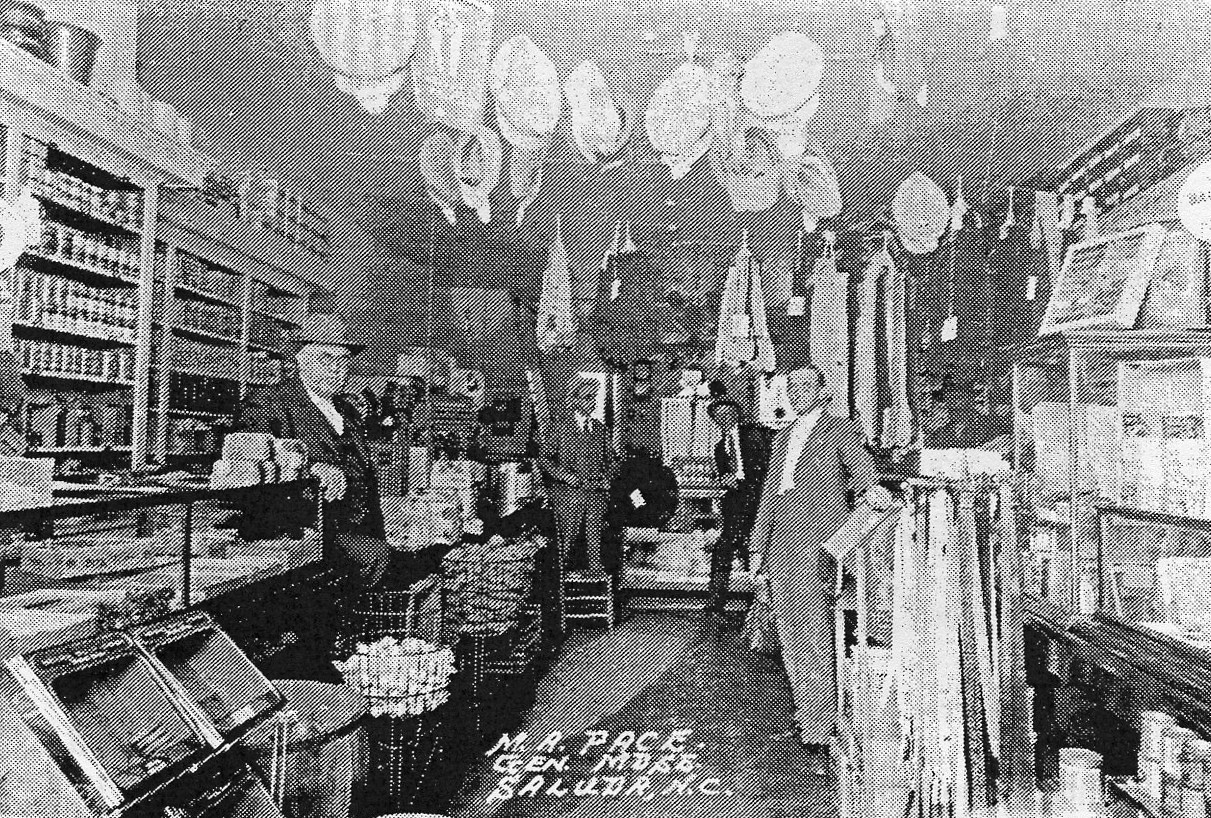
Pace’s Store in the early 1900s
has been a focal point of downtown Saluda since 1899 and was operated by founder M.A. Pace’s children in the years following their father’s death. Son Robert Hugh was at the helm until his passing in 2010. Visitors and customers have always been welcomed with friendly conversation, and many articles of vintage merchandise remain on the shelf to this day. Still in operation, Pace’s Store is a doorway to a simpler and happier time.
Here’s a peek inside, including a brief visit with Robert Hugh Pace, recorded in 1996 by Cindy Stephenson Tuttle:
THOMPSON’S STORE & WARD’S GRILL
For almost as long as there’s been a Saluda, North Carolina there’s also been a Thompson running a store on its Main Street. Records indicate that George Lafayette Thompson first became involved in the mercantile business as early as 1890. Lola Thompson Ward grew up working in her daddy’s business in the early 1900′s. Around 1940, she and her husband, Roy, along with sons Jack and Charlie, relocated the Thompson’s Store business to the current location.
Then in the late 1950′s Roy and eldest son, Jack, convinced Lola to add the Grill. Famed for fresh cut meats, homemade sausage and hometown hospitality, Thompson’s Store and Ward’s Grill delivered everything from heating oil to chili cheeseburgers. Charlie’s widow, Judy Ward, along with his cousin, Clark Thompson, have partnered to reopen Thompson’s Store and Ward’s Grill, continuing the tradition of hometown friendly service. (You can visit the Thompson’s Store website here.)
This is from the press release marking Downtown Saluda’s inclusion in the National Register of Historic Places:
“Saluda, N.C.’s historic downtown Main Street was recently awarded a position on the National Historic Register by the Keeper of the Deeds office of the National Park Service in Washington, D.C. Saluda’s mayor, Kim Talbot, pointed out that the “benefits are innumerous. It will be of benefit to everybody, the townspeople, the city officials, the business owners, and the kids growing up. Hopefully, 30 years from now, from the school to the bridge, when you come to Saluda years from now, it’ll look just like it does now. That’s what everybody wants, the city council and 99.9% of the citizens. I think being on the Register is going to help us realize that dream.” Saluda was found to met two types of criteria in order to be eligible for listing on National Register, in displaying significance in one or more of the following areas: which include historic events, persons, architecture, or archeological in which is spread out over 7 hills, and has a year round population of 565 (up to over 3,000 in the summer months), started as a crossroads known as Pace’s Gap in the early 1800′s. A family named Pace built an inn at the intersection of two busy trading paths–the Winding Stair Road which led to Greenville, S.C. and Georgia; and the Howard Gap Road leading down to Spartanburg, S.C. The fact that Saluda’s Main Street Historic District has remained “to a remarkable degree” intact with its “small town appearance and atmosphere in a world of otherwise rapid change” qualifies Saluda for listing for local significance. The district qualifies also for its close association with the development of rail transportation in Western North Carolina, and for the famous Saluda Grade, which still challenges trains daily! The downtown district “comprises an excellent and compact collection of well-preserved late 19th century and early 20th century buildings…” The district’s significance begins with the arrival of the railroad in 1878 and continues to 1946. Among the buildings now listed are: the Gothic-Carpenter Style Presbyterian Church, circa 1895-96; the City Hall/Police Department building, built between 1897-1906, which was once the Carolina State Bank (which failed in the Depression). The building retains its classically detailed pressed metal facade, a common Victorian treatment found in more urban areas. The Register declared the M.A. Pace Store to be quite intact, and “absolutely wonderful”, especially since the store has remained in the same family since it was built in 1905-10. The decorative brick work, with its corbel brick cornices and panels adds to the character of this building termed a “treasure”. Thompson’s Store/Ward’s Grill, too, is an “intact” building that is “a refreshing place (to be) on a summer day” with its exterior awnings and friendly look. Also, the original 1910 post office is occupied currently by the Saluda Mountain Telephone Company, which began in brick buildings up on Church Street. These same buildings housed the Saluda Magazine (late 1930′s) offices. The Saluda Depot, typical of early 20th century buildings, is termed “Stick Style”; nearby is the old Robertson Store building on Church Street that is known as the “pebble dash building”. The two-story building is beautifully restored and “a real model for other potential work that may go on”. The old Princess Theatre, built in 1920, later housed a gymnasium; underground springs beneath the building caused moisture problems for basketball players who often discovered puddles on the floor. Now housing several businesses, it is known as the Nelson Building. Along with the Shady Lane/Wise Child, Heartwood Gallery buildings built in the 1930′s, the spring park and the railroad track are considered to be historically valuable to the planned district.”
In addition to the downtown business district, other buildings in Saluda that are on the Historic Register are the Charlton Leland, the Episcopal Church of the Transfiguration, the John Hiram Johnson House, the Railway Clerks Mountain Home, and Ryder Hall. Check back for more information about Saluda’s Historic places in the near future.
